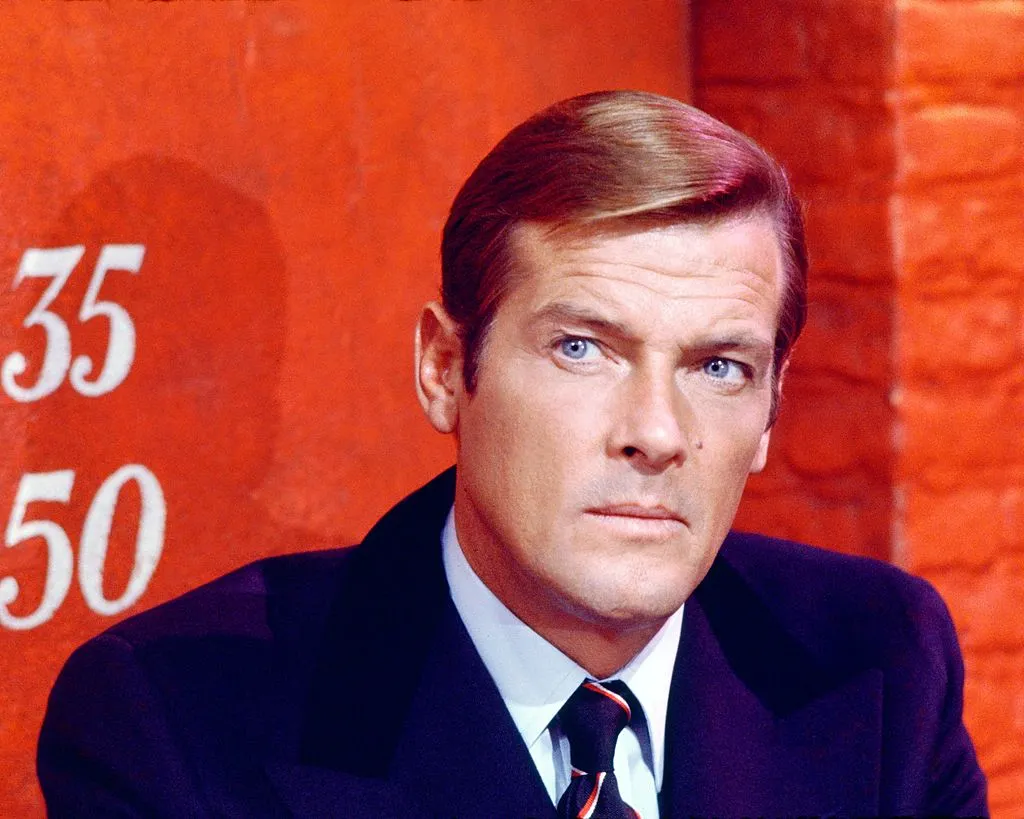
If we talk about Roger Moore then his portrayal of the "old" 007 in 1985 added extra excitement to the franchise and made his final James Bond film even better. Concerns had already been raised about Moore's age at 45 when he made his 007 debut in Live And Let Die, but 12 years later, this had become more of an issue than ever in the Bond discourse of the time. However, whether intentionally or otherwise, Roger Moore's age brought a unique quality to A View To A Kill and ensured he delivered a commercially successful 007 swansong.
Roger Moore was 45 years old when he was cast for James Bond. He looked very impressive in this role and he remained in this role till the end. In fact, his seven-film stint as 007 has yet to be beat by any other actor playing James Bond. So it makes sense that, by the time he came to make A View to a Kill, Roger Moore was feeling exhausted, with the 007 star famously saying he relied on his stunt double to get him out of his chair. Was. This, along with his horror at the level of violence in A View to a Kill, convinced Roger Moore that he was getting too old for the role and that he would hand over the reins to a younger actor for the next James Bond film. Living daylight.
For information, let us tell you that Roger Moore's advanced age for the Bond actor was evident from the early ski slope chase of A View to a Kill. Director John Glenn deliberately used several long shots to hide the physical differences between Roger Moore and his shorter stunt doubles. Glenn used this technique in several action sequences for A View to a Kill, most notably one in which he jumped over a moving drawbridge leading to Max Zorin's (Christopher Walken) manor house. In subsequent action sequences, in which Bond and Stacy Sutton (Tanya Roberts) must escape a state government building set on fire by Max Zorin and James Bond must save Sutton from Zorin's blimp, Moore's age is hidden. It was hard, and he was sweating and panting clearly and audibly. However, instead of making these scenes laughable, as many critics felt at the time of the theatrical release of A View to a Kill, they added a level of risk and real stakes not present in Roger Moore's earlier James Bond entries.
As you all know, A View to a Kill featured a 007 who was more physically physically vulnerable due to age than any before or since leant the movie's action sequences an additional level of peril which the James Bond movies of Sean Connery or Timothy Dalton simply were not able to offer. The tagline on A View To A Kill's posters in 1985 asked, "Has James Bond finally met his match?," and there were several places where it felt like Bond had not merely met his match in Zorin and his henchmen, but his demise. For example, a scene in which James Bond and the untrained Sir Godfrey Tibbett (Patrick Macnee) had to fight two of Zorin's thugs showed the thugs to be far fitter and stronger - with Bond only managing to defeat them using a conveyor belt button, rather than combat skills. In a chase scene that followed, James Bond audibly groaned and strained, even hurting his hand after punching a miner.
The primacy of such scenes throughout the film made A View to a Kill, if not the best James Bond film, then certainly with the greatest sense of risk. As a result, A View to a Kill was not favored by those who viewed James Bond as an invincible man and enjoyed the reassurance that Sean Connery's apparent physicality provided. Yet in A View to a Kill, that was no longer the case, and instead of interrupting the action sequences, Roger Moore's advanced age actually made him feel more dangerous than anything James Bond had to offer.
Hope you will be satisfied with this article. Don’t forget to bookmark our page if you want to read more Tech, game updates and entertainment news
Disclaimer: The above information is for general informational purposes only. All information on the Site is provided in good faith, however we make no representation or warranty of any kind, express or implied, regarding the accuracy, adequacy, validity, reliability, availability or completeness of any information on the Site.
